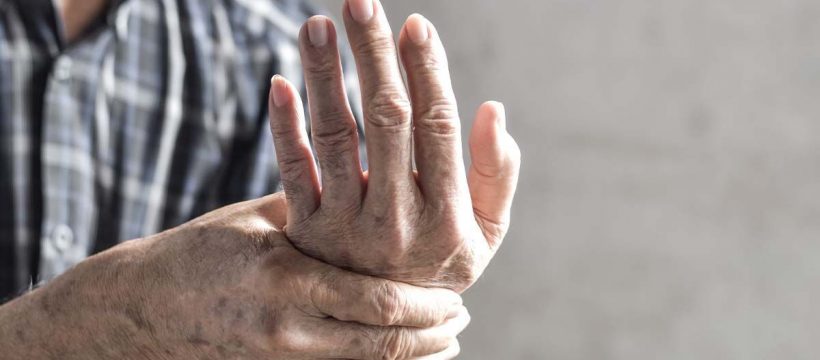Chris Fountain says he ‘felt really stupid’ after mini-stroke
We use your sign-up to provide content in ways you’ve consented to and to improve our understanding of you. This may include adverts from us and 3rd parties based on our understanding. You can unsubscribe at any time. More info
Strokes have an unpredictable nature but they can sometimes start showing symptoms in the days leading to the medical emergency. The popular depiction usually includes face drooping on one side or the person being unable to speak, but the first red flags might be less obvious. In fact, one warning sign strikes in your arm or leg.
Strokes are often portrayed as medical emergencies that strike out of nowhere but the first signs could actually appear days or even a week before the event.
According to Cardiac Screen, some people can experience red flag symptoms warning of a future stroke “several days before they have a serious stroke”.
Furthermore, research suggests that 43 percent of stroke patients experienced mini-stroke symptoms “up to a week before” they had a major stroke.
One of the common signs that belongs to this category is numbness or tingling, according to the health portal.
READ MORE: Single workout can help suppress cancer and ‘extend survival’, finds ‘exciting’ study

Cardiac Screen states: “The signs of a stroke often appear suddenly, but that doesn’t mean that you won’t have time to act.
“Some people will experience symptoms such as headache, numbness or tingling several days before they have a serious stroke.”
These warning sensations tend to strike in one arm or leg and are triggered because the blood supply to the brain is temporarily reduced.
University of California San Francisco Health adds that these areas might also feel weak.
It’s worth noting that weakness in one of your arms is also considered a symptom of an ongoing stroke, which requires “urgent” medical care.
Cardiac Screen adds: “If you take note of these symptoms and seek help even if they go away, then your chances of a good recovery are much better.
“Don’t ignore the early warning signs. You aren’t overreacting. Get help right away as a more serious stroke could be hours or days away.”
The NHS also stresses that “urgent” medical treatment is a must because the sooner a person gets help, the less damage is likely to happen.
READ MORE: Signs you need to stop drinking alcohol for your health now – mental and physical symptoms

“If you suspect that you or someone else is having a stroke, phone 999 immediately and ask for an ambulance,” the health service states
During a stroke, the supply of blood to your brain is restricted or stopped, which means brain cells begin to die. This makes prompt medical assistance non-negotiable.
Other early signs of a stroke
Apart from numbness and tingling, there are some other early signs that are worth knowing, including:
- Headache
- Sudden dizziness, loss of balance or coordination
- Loss of vision or changes to your vision in one or both eyes, which usually happens suddenly
- Feeling confused or having trouble understanding things that are usually easy for you to comprehend
- Numbness or weakness on one side of the body (or in one arm or leg).

How to prevent a stroke
The best way to reduce your risk of a stroke is to commit to a healthy lifestyle.
The Stroke Association (SA) explains that eating a healthy, balanced diet can help to lower your risk of things like high blood pressure and diabetes, which are considered the precursors to having a stroke.
The NHS recommends a low-fat, high-fibre diet, including plenty of fresh fruit and vegetables and whole grains.
Furthermore, quitting smoking, cutting back on salt and picking up exercise could also help.
Source: Read Full Article
